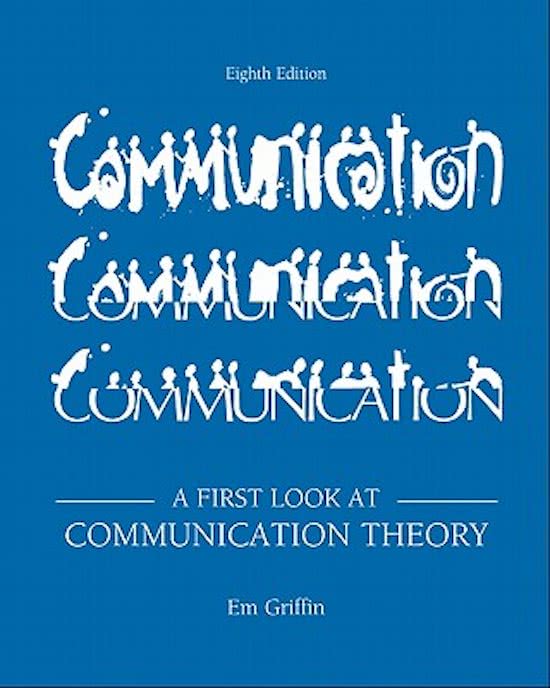Summary
Samenvatting introduction to communication science (ICW)
- Course
- Institution
- Book
This document is a summary for the course Introduction to communication science. Each communication theory is discussed briefly and clearly. All material needed for the partial exams for this course is covered in this document. I myself got an 8.5 for this course.
[Show more]




